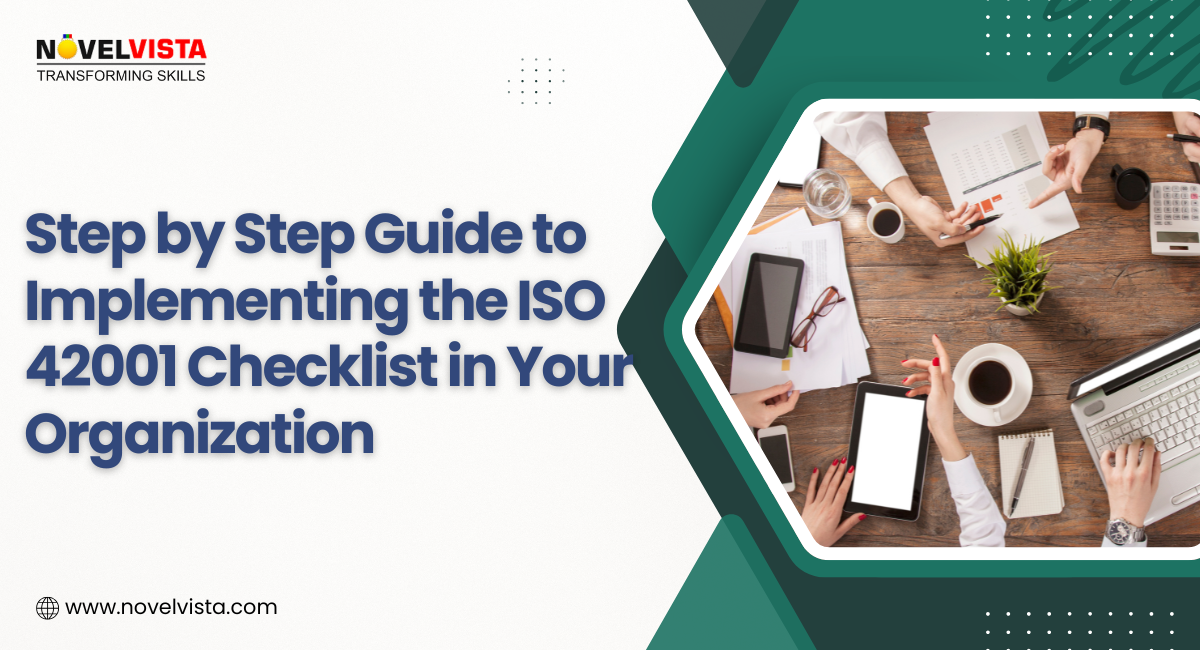
As artificial intelligence (AI) becomes deeply integrated into modern enterprises, the need for responsible, ethical, and auditable AI systems is more critical than ever. That’s where ISO 42001:2025 comes in—a groundbreaking AI management system standard designed to guide organizations in managing AI-related risks while promoting trust, transparency, and governance.
To support compliance and structured deployment, the ISO 42001 Checklist plays a vital role. It outlines the key requirements and controls organizations need to implement for effective AI governance. This article provides a practical, step-by-step guide to using that checklist to ensure a successful implementation in your organization.
Step 1: Understand the Scope and Objectives
Before jumping into implementation, clearly define why your organization is pursuing ISO 42001 compliance. Is it for regulatory requirements, customer trust, or internal governance? Determine which AI systems, departments, or business units will be covered under the scope. A clear scope allows better planning and allocation of resources.
You must also understand the purpose of ISO 42001—it is not just a technical standard but a comprehensive framework for responsible AI management, encompassing risk, ethics, human oversight, and continuous improvement.
Step 2: Conduct a Gap Analysis Using the Checklist
Start with a baseline assessment of your current AI management processes using the ISO 42001 Checklist. This will help you identify what areas are already in compliance and where improvements are needed.
The checklist typically includes controls and requirements grouped under categories such as:
AI policy and governance
Risk and impact assessment
Human oversight
Data and model governance
Security and privacy
Performance monitoring
Evaluate your current processes against each of these to uncover compliance gaps. This is a critical step that sets the foundation for your action plan.
Step 3: Assign Roles and Responsibilities
Successful implementation requires ownership. Assign roles to a cross-functional team that includes stakeholders from IT, data science, legal, compliance, and business units. Having a dedicated AI compliance officer or project manager can help coordinate efforts, track progress, and ensure accountability.
Documentation, approvals, and training should be managed and assigned to respective teams or individuals. The checklist can be used as a tracking tool to show who is responsible for which task.
Step 4: Develop and Document AI Policies
One of the key requirements of ISO 42001 is having clearly defined AI policies that support ethical and transparent AI development and usage. These policies should include:
Purpose and scope of AI systems
Ethical guidelines for development and deployment
Guidelines on data usage, privacy, and fairness
Risk acceptance criteria and mitigation steps
Ensure that these policies are aligned with your organization’s risk appetite and strategic goals. Use the ISO 42001 Checklist to verify that your documentation meets the requirements.
Step 5: Implement Technical and Organizational Controls
Now it’s time to translate the checklist controls into actions. Depending on your AI maturity, this might include:
Setting up access control and audit mechanisms
Ensuring explainability and traceability in AI models
Conducting bias detection and mitigation
Establishing a human-in-the-loop decision-making framework
Creating logs and monitoring dashboards for performance and fairness
Some of these controls will be technical (like model validation processes), while others will be procedural (like incident response plans for AI failures). Use the checklist as a reference to validate that each control has been covered.
Step 6: Provide Awareness and Training
Your workforce must be trained not just on ISO 42001, but on AI governance principles, ethical use, and relevant internal procedures. Training programs should be tailored to different roles—for example, developers should understand technical documentation requirements, while business leaders should know about risk and accountability.
Incorporate periodic refresher sessions and updates to align with changes in AI technology or regulation.
Step 7: Monitor, Audit, and Improve
Implementation doesn’t end with documentation. The ISO 42001 Certification Checklist emphasizes continuous improvement, which means:
Regular internal audits of AI systems
Monitoring KPIs and incidents
Performing risk reassessments
Reviewing AI models for drift, bias, or inefficiencies
Use the audit findings to update your controls, policies, and risk measures. This not only helps with ISO 42001 certification but also ensures long-term sustainability and trust in your AI systems.
Final Thoughts
Implementing ISO 42001:2025 using the official checklist is not just about ticking boxes—it’s about embedding trustworthy and ethical AI practices across your organization. By following this structured, step-by-step approach and using the ISO 42001 Checklist as your blueprint, your organization can manage AI risks, improve transparency, and enhance stakeholder trust.
As AI continues to evolve, aligning your governance processes with international standards like ISO 42001 ensures that your systems remain robust, ethical, and compliant in the face of change.

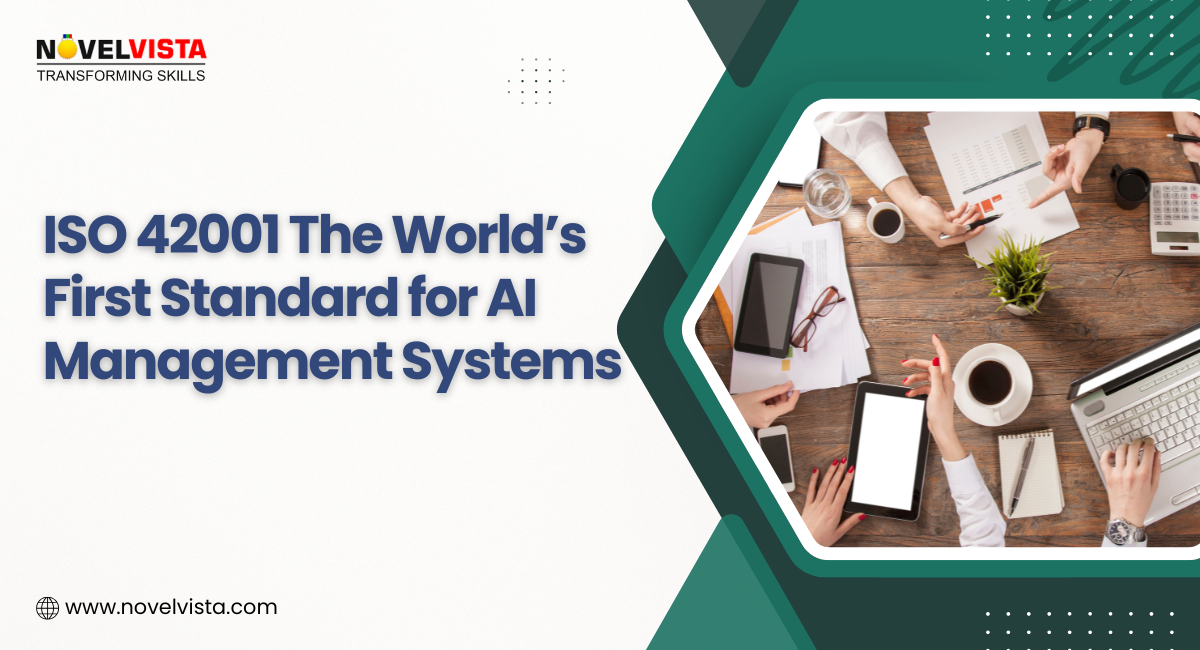
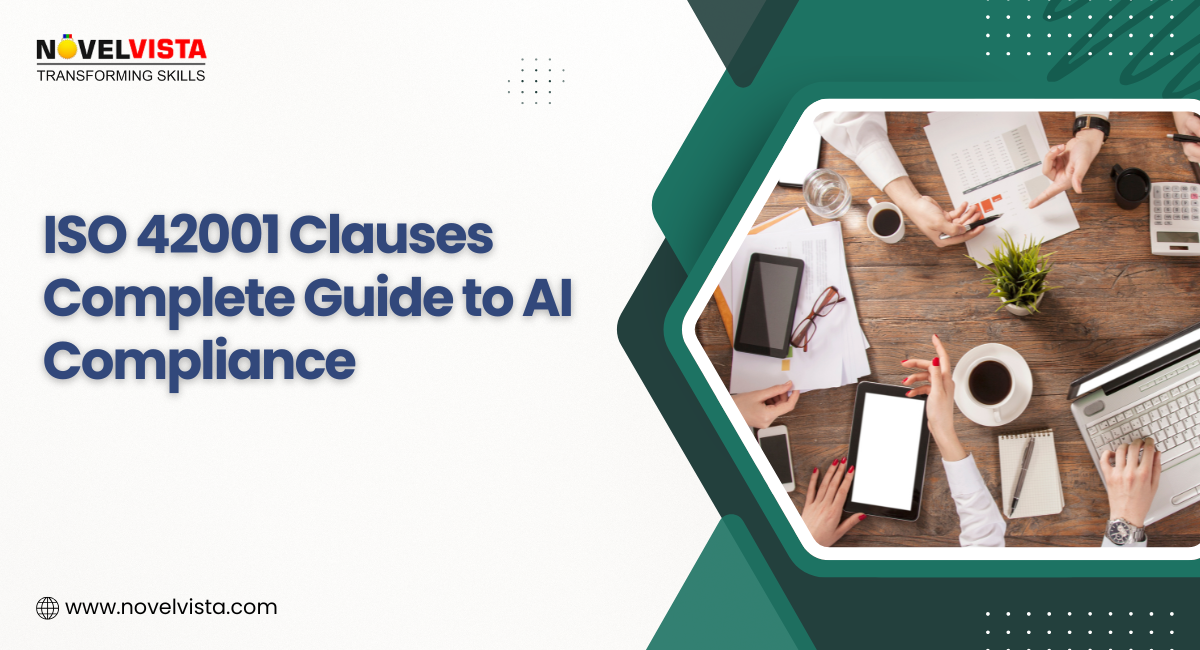
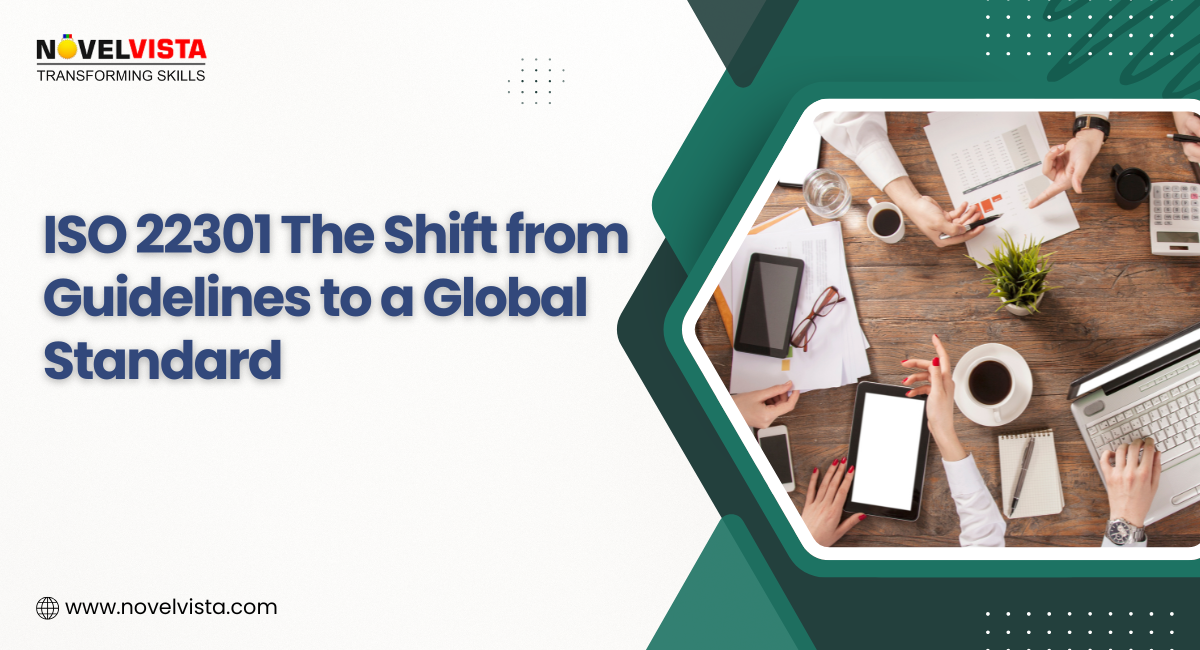


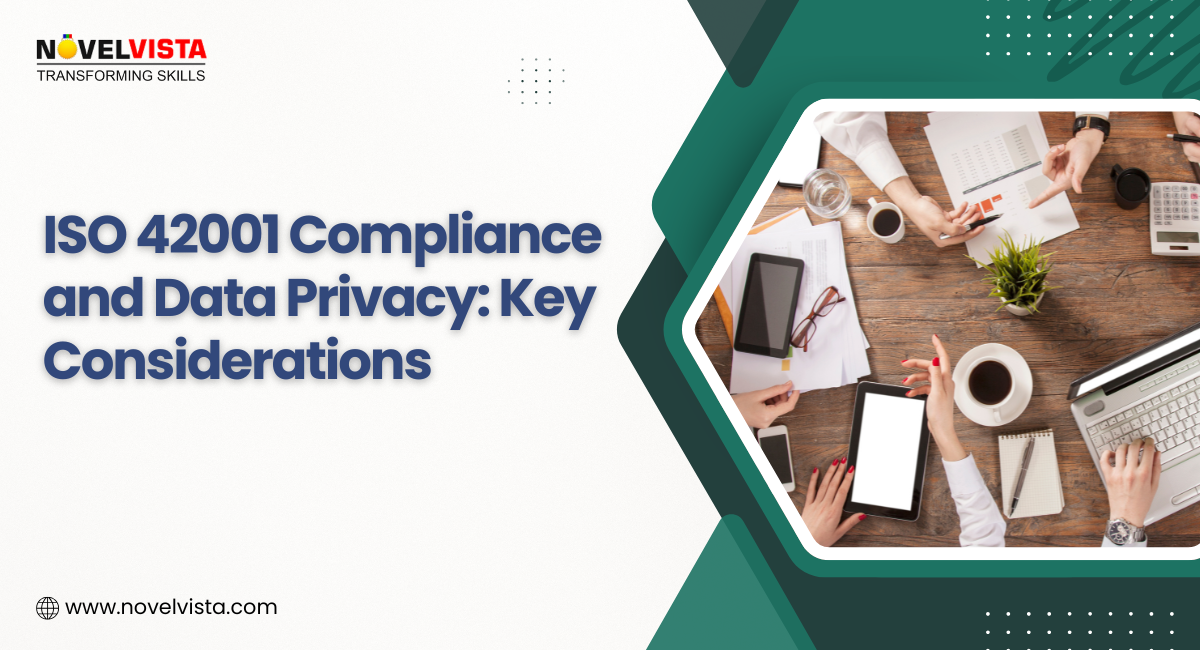



Write a comment ...